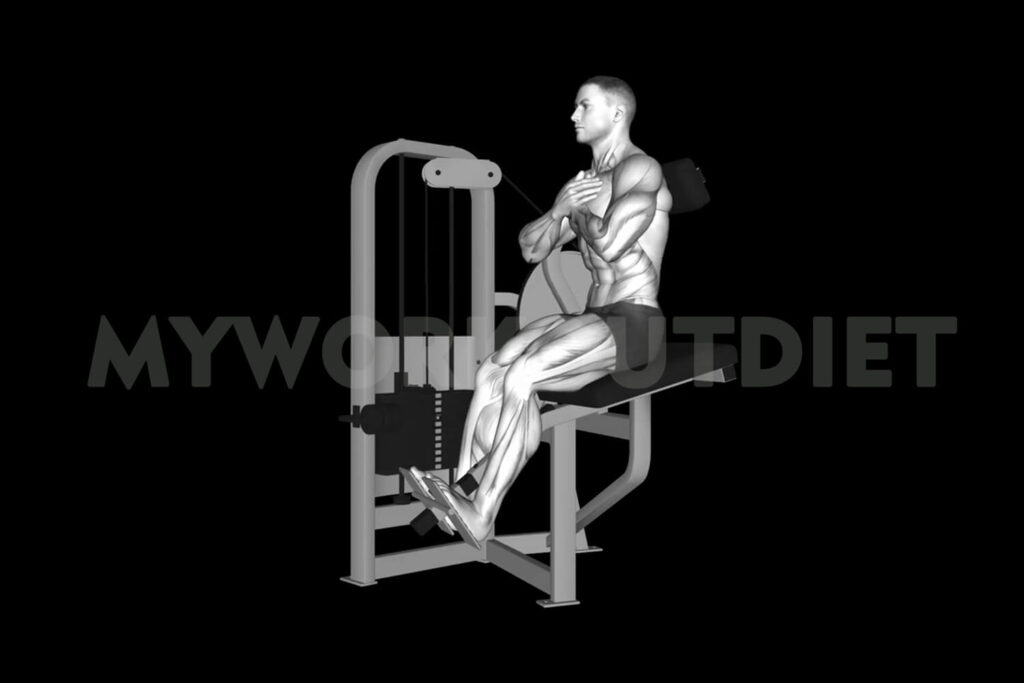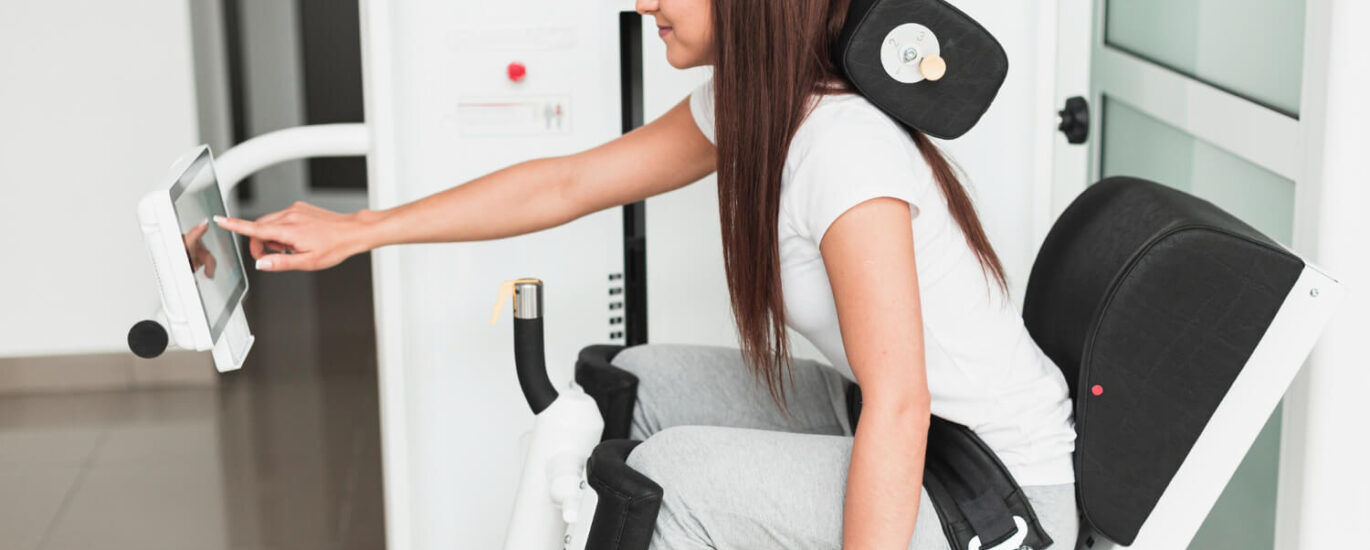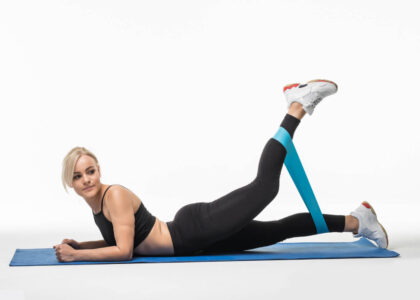Deadlift | Cardio | Triceps | Chest | Rhomboid | Glutes
A lower back extension machine targets the muscles in the lower back, especially the erector spinae. Performing this exercise strengthens and tones these muscles, which are essential for maintaining good posture and preventing lower back pain. Those recovering from lower back injuries or those who lead sedentary lifestyles should do this exercise regularly.
Here is how to perform the exercise :

- The machine should be adjusted to your height, and the foot pads should be secured under your feet.
- You should bend forward at the waist, keeping your back straight and your head aligned with your spine.
- Make sure you hold onto the handles or pads on the machine firmly.
- Your torso should be parallel to the floor once you’ve taken a deep breath and used your lower back muscles to lift it.
- You should hold this position for a moment, then slowly lower your body back to the starting position by exhaling.
- Continue to repeat for the desired number of repetitions, ensuring proper form at all times.
Tips for performing this exercise :
- To avoid straining your lower back, keep your spine in a neutral position throughout the exercise.
- Make sure your core muscles are engaged during the movement to provide stability and support.
- Breathe properly during the lifting and lowering phases, exhaling during lifting.
- As your strength improves, increase the weight of the lower back extension machine.
Back extension machine muscles worked :
There are several key muscle groups targeted by the back extension machine in the posterior chain, primarily these muscles:
- Erector Spinae: Back extension exercises involve the erector spinae, a group of muscles running along the spine and include the iliocostalis, longissimus, and spinalis. Maintaining proper posture requires these muscles to extend the spine.
- Gluteus Maximus: To extend the hips and provide stability, the gluteus maximus, the largest muscle in the body, is engaged during the back extension exercise.
- Hamstrings: In hip extension, the hamstring muscles help stabilize the movement by supporting hip extension.
- Obliques: When exercising, the internal and external oblique muscles are engaged isometrically to stabilize the trunk and maintain proper spinal alignment.
- Lats (Latissimus Dorsi): The lats are involved in movement, aiding in extending the spine and stabilizing the shoulder girdle, although they are not the primary target.
Using the back extension machine enhances overall back strength and posture, which can reduce lower back pain and improve performance in various physical activities by strengthening these muscle groups.







